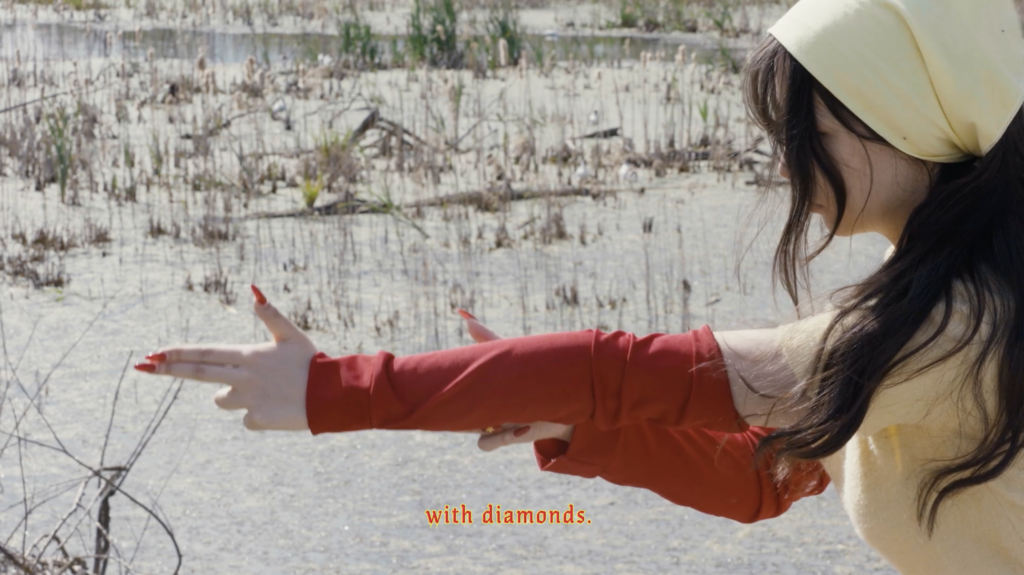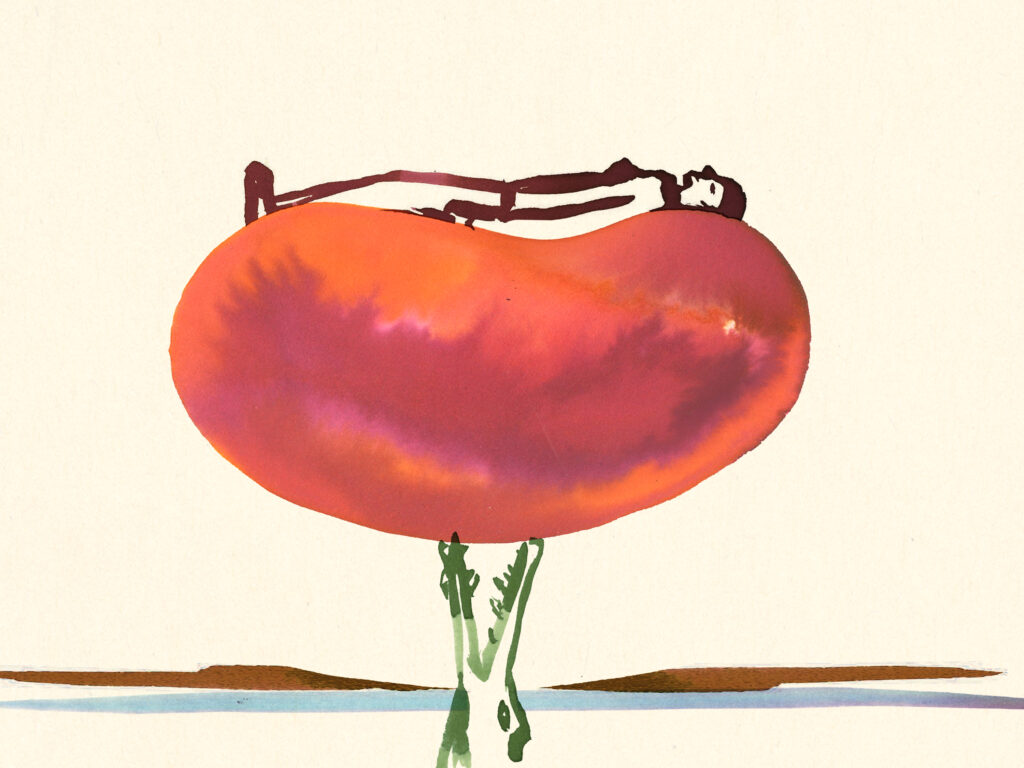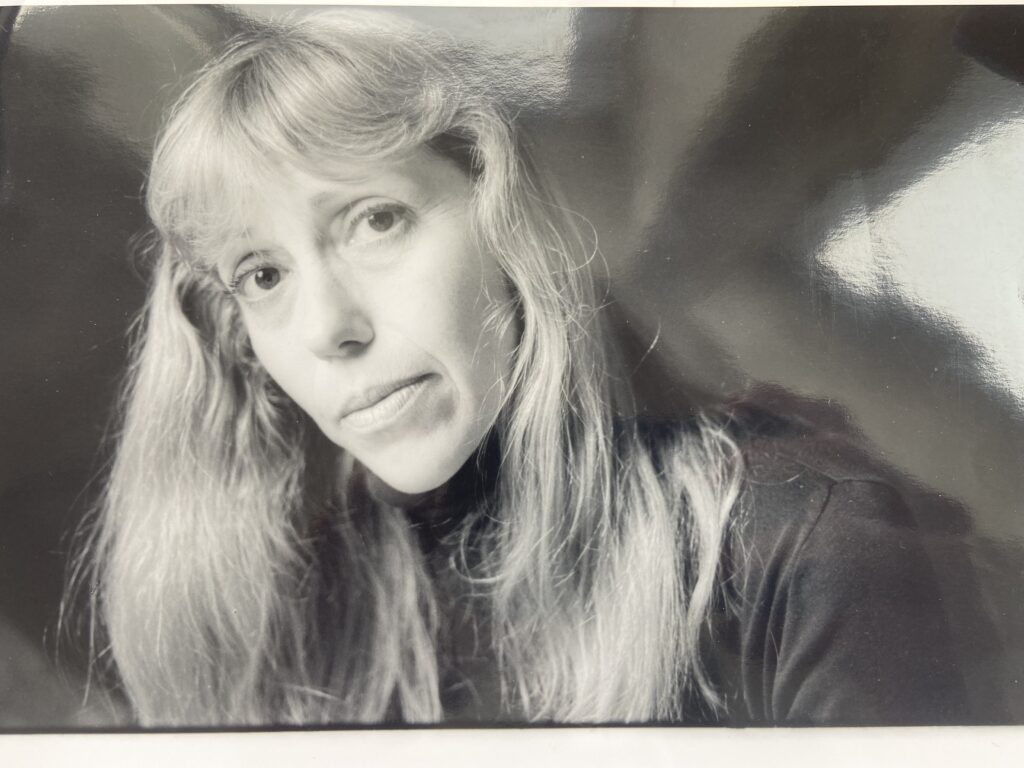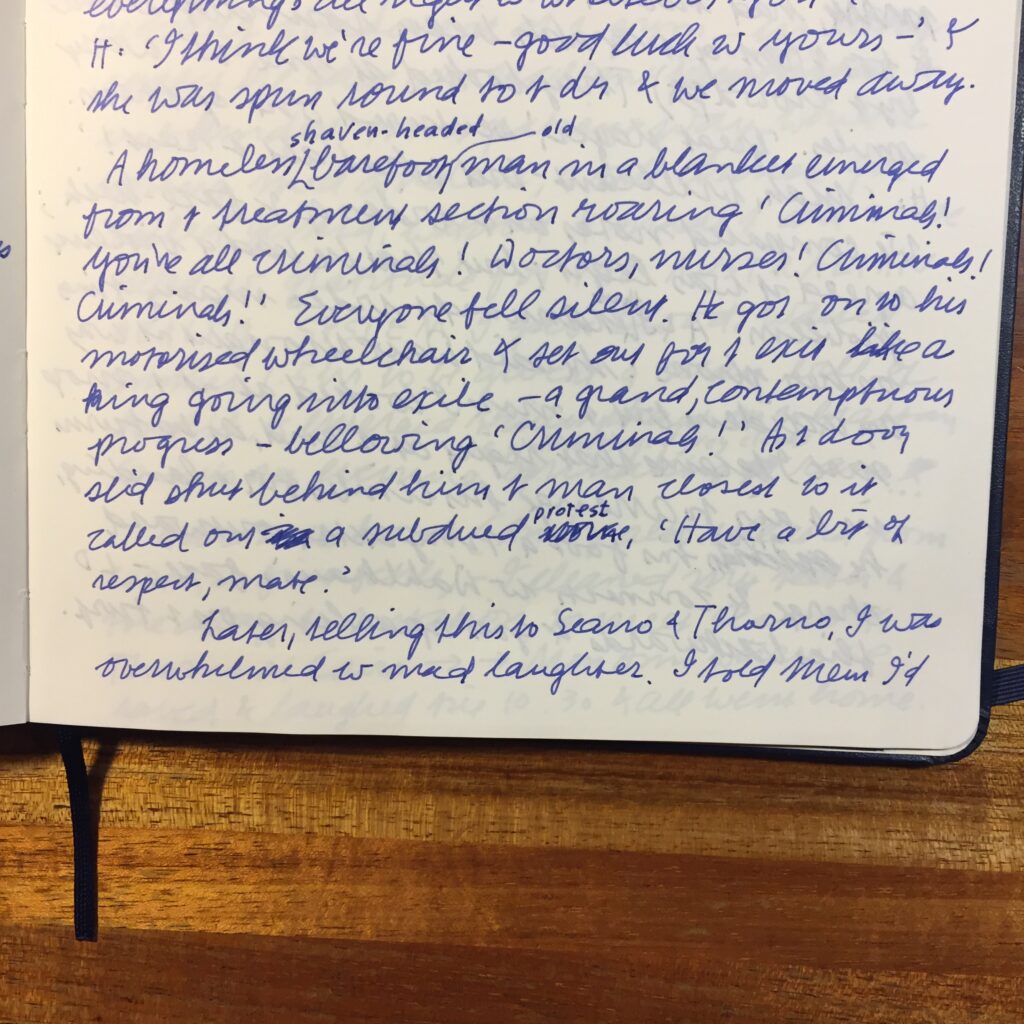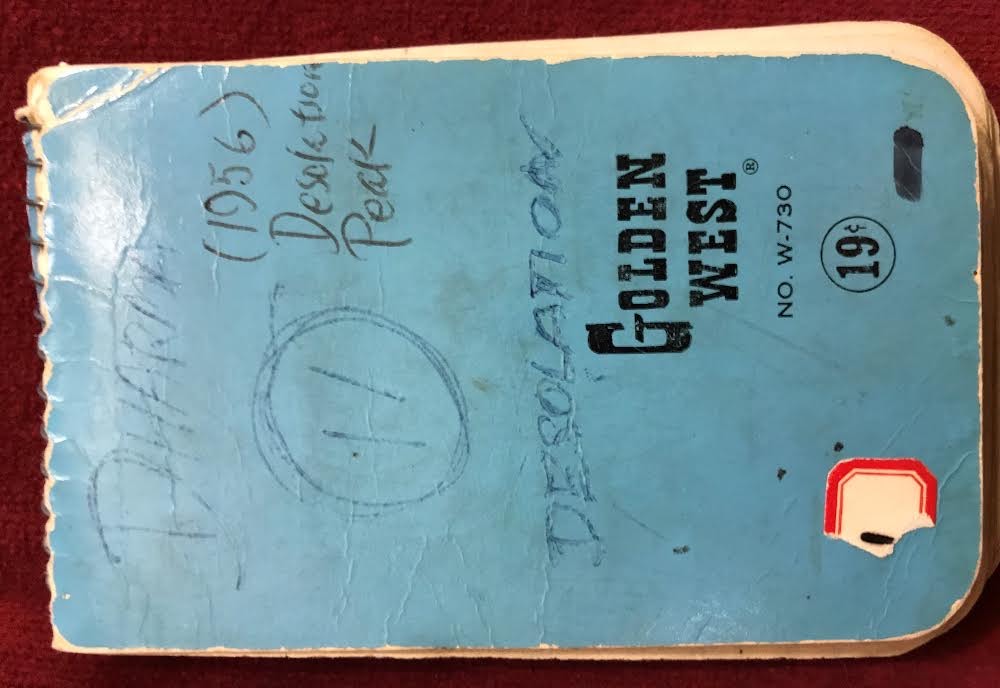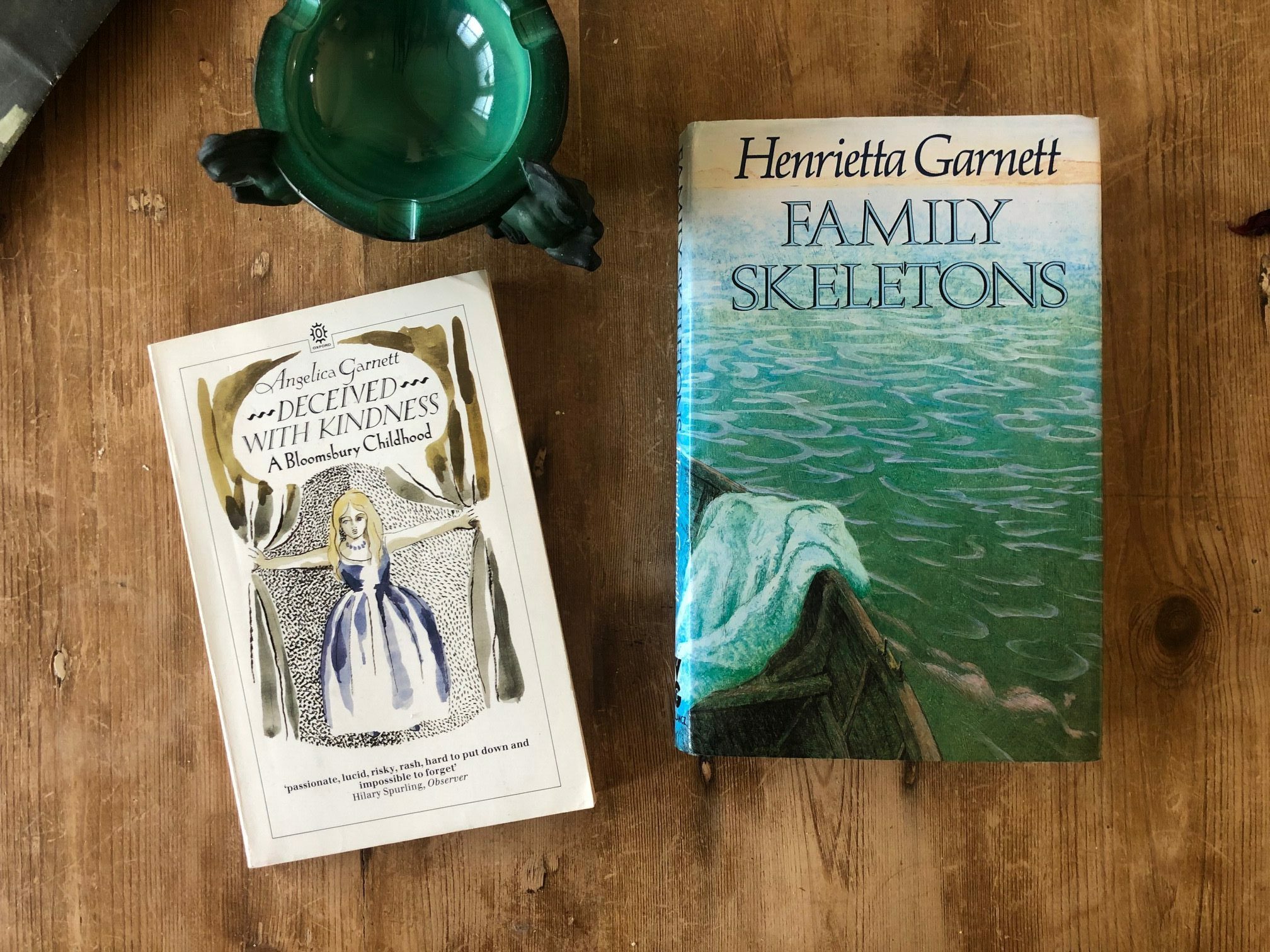“We are a nation whose fate is to shoot at the enemy with diamonds.” From Diane Severin Nguyen’s If Revolution Is a Sickness (2021).
When I show up for New York Film Festival’s 9:30 P.M. opening-night screening of White Noise, Noah Baumbach’s adaptation of Don DeLillo’s 1985 novel, the lobby is already swarming with television executives, publicists, and Lincoln Center benefactors. No one seems to have known how to dress for either the event or the weather. (Puffer coat and sheer tights? Sandals and spaghetti straps? Sensible backpack or Prada bag?) “They told me the vibe was black-tie,” a woman in a sequined gown says to her husband guiltily. He has very clearly been forced to wear a tuxedo. I watch some groups trying and failing to cut the line by flashing the branded wristband we have all been given. I find my seat and settle in for a Q&A with Noah Baumbach and members of the cast, including Greta Gerwig, Adam Driver, Jodie Turner-Smith, and Don Cheadle. They crack self-deprecating off-the-cuff jokes, as if there had not been two previous screenings earlier this evening. (At one point Baumbach says the “nine o’clock crowd” is his favorite yet. People cheer.)
Finally the movie starts, and I take in Adam Driver as Jack Gladney, the chairman of Hitler Studies at the College-on-the-Hill, complete with gaudy button-down, receding hairline, and prosthetic paunch. The film is divided into three sections punctuated by the climactic “airborne toxic event,” which, as in the book, is also the most exciting and easiest bit to follow (a car crashes into a train carrying noxious chemicals; deadly smoke shrouds the sky). As the movie’s abrupt cuts and ecstatic colors make me mildly seasick, I notice some cast members appearing and disappearing into an opera box to glance at themselves on the screen. Perhaps taking their cue from the cast, several audience members trickle toward the exits around the time Babette, played by Gerwig, tells Jack she is afraid to die. (They miss the best part of the movie, which is the extended credits-and-dance sequence in the supermarket, set to LCD Soundsystem’s “new body rhumba,” written for the film.) The lights come back on and the actors again appear in the opera box, applauding and waving to the crowd.
A little after midnight, a group of white-haired men in newsboy caps wander down 66th Street toward Central Park, in the general direction of the after-party. “That Adam Driver,” one of them says. “Poorly cast. He just isn’t what you’d call an everyman.” A few women walk beside me, discussing the odds of getting in without a wristband. “What if Noah Baumbach tells us to leave?” A long line leaks out of Tavern on the Green: women in pearls and staticky shawls, men in sport coats over T-shirts and loafers without socks. Someone ushers me toward the front and soon enough I’m holding a miniature cheeseburger, a tiny tiramisu, and a free negroni. A famous DJ plays and red strobe lights flash across walls lined with rows of Campari bottles. I watch a group of women attempt to order spicy margaritas from the bartender, who throws his hands up in exasperation—he can’t serve anything except Campari-based cocktails. The liquor brand is proudly sponsoring the event.
—Camille Jacobson, engagement editor
Copyright
© The Paris Review
